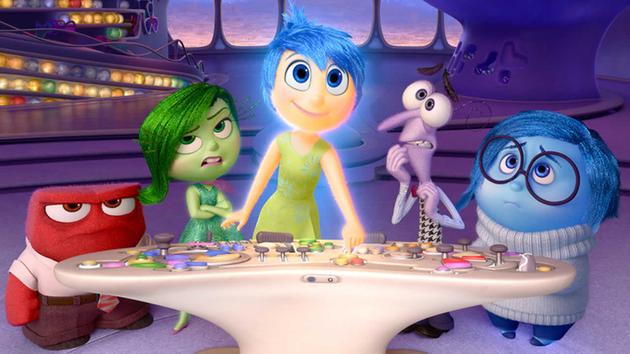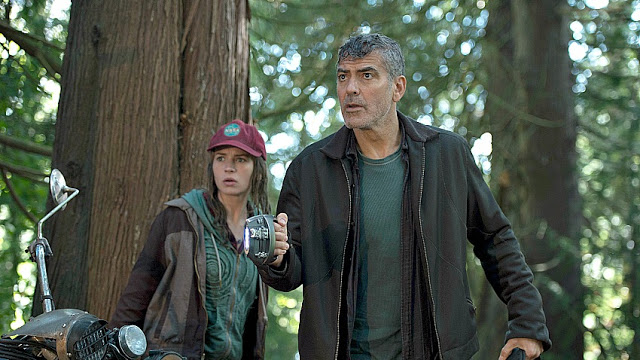Inside Out: Sweet Emotions, and Sad Ones, Too
At one point in Inside Out, the two main characters walk under a lettered archway that reads, “Imagination Land.” It’s a fitting marker, given that this movie is the latest (and nearly the greatest) offering from Pixar, that cinematic factory of innovation and ingenuity that has been delighting audiences for two decades with its inimitable blend of vibrant animation and smart storytelling. Also fitting is that the protagonists are named Sadness and Joy, as these are the two primary emotional responses that Inside Out deftly, generously evokes. You will undoubtedly experience pangs of sadness in watching this poignant portrayal of a child in crisis, struggling valiantly to process her swirling feelings of confusion, alienation, and loss. As for joy? That comes from everything else.
The ostensible hero of Inside Out is Riley (voiced by Kaitlyn Dias), a plucky, relatively normal 11-year-old whom we first meet moving with her parents from the ice-covered lakes of Minnesota to the bustling cityscape of San Francisco. Yet while Riley is the film’s chief human character, she is not its focal point. Rather, Inside Out takes us inside Riley’s brain to explore the workings of her emotions, which we discover are literal beings themselves, with their own bodies, minds, and temperaments. They include Fear (Bill Hader), a jumpy lavender fellow with a bowtie and a prominent proboscis; Disgust (Mindy Kaling), a greenish girl with wavy hair and perpetually rolling eyes; and Anger (Lewis Black, naturally), a squat and fiery hothead who regularly bursts into flame and whose color you can probably guess. Rounding out this fantastic five are, of course, Sadness and Joy; Sadness (The Office‘s Phyllis Smith, perfectly cast) is a rotund blue figure who wears oversized spectacles and shuffles her feet morosely, while Joy (Amy Poehler, ibid) is the yellow-skinned, cobalt-haired pixie who serves as the group’s perky, quietly flawed leader. These five personifications of feeling—exposed nerve endings made real—operate in concert (and occasionally in conflict), huddling over a gadget-laden control panel and helping to shape Riley’s experiences, her emotional reactions, and, really, her entire life. Read More


